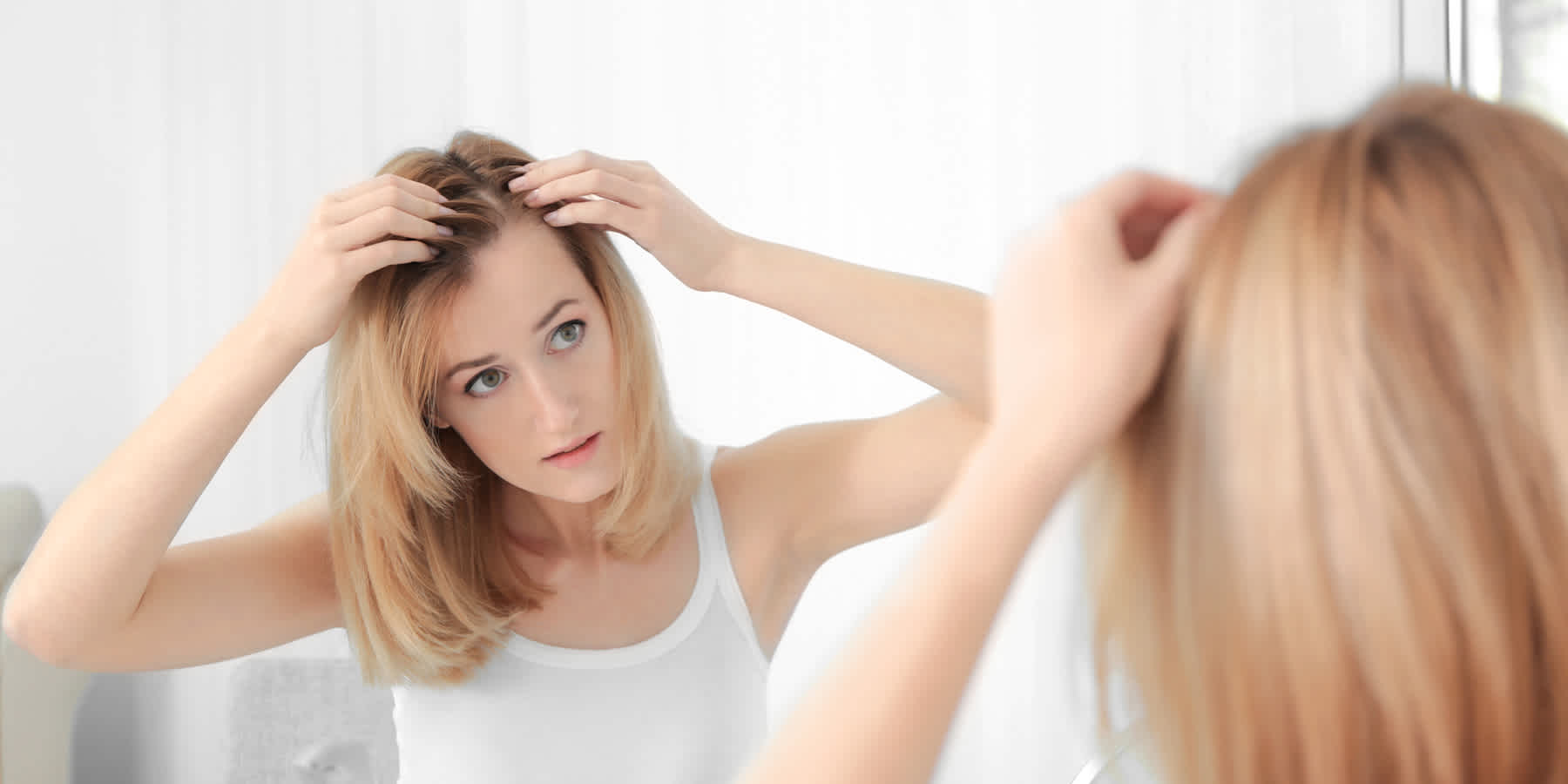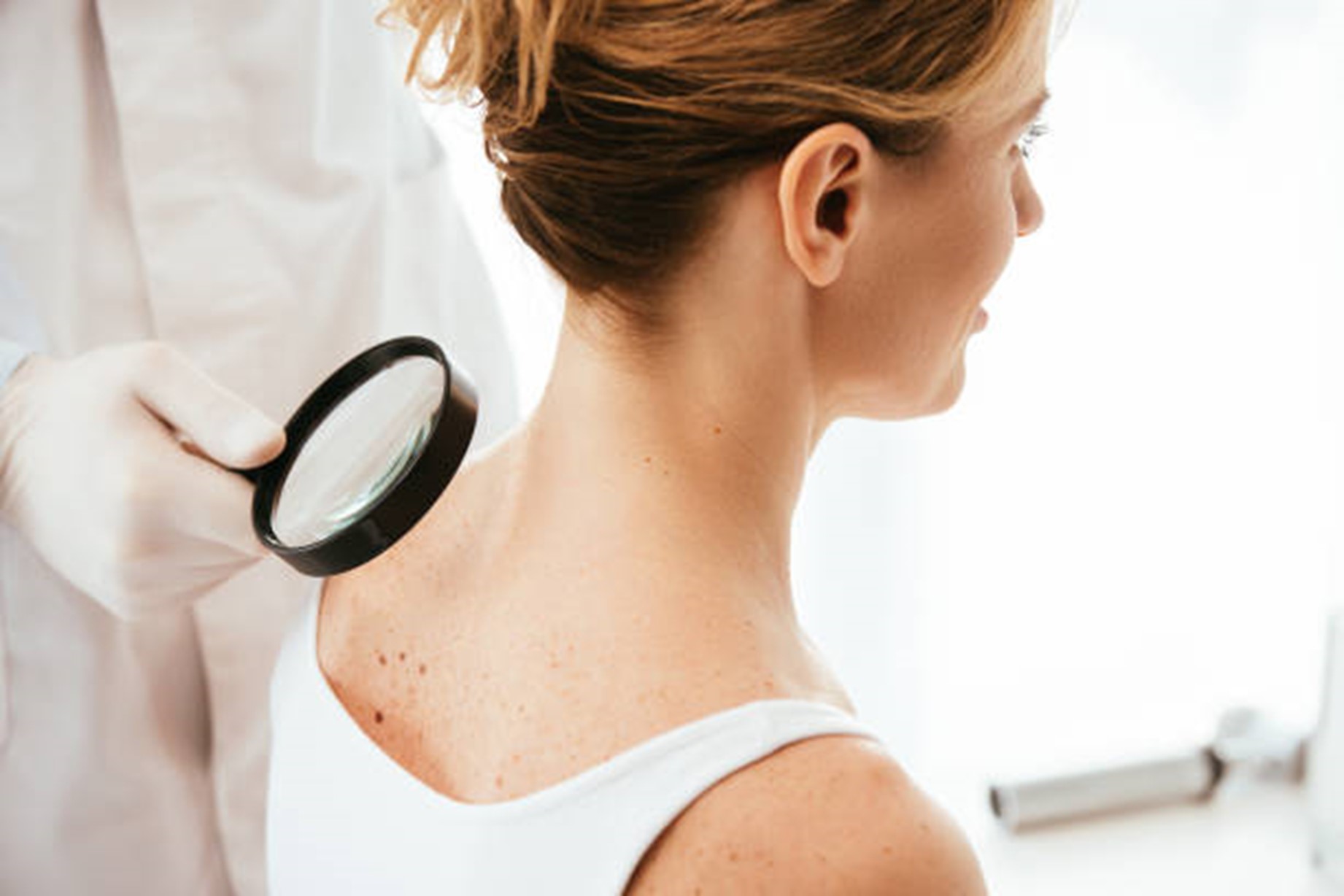Hair is made up of keratin, the protein that also makes up other parts of the body like nails and horns (in animals).
When we attack our hair with external agents such as dyes, dryers, straightening irons, aggressive hairstyles, etc., the keratin structure is damaged and the hair breaks and opens.
For this, there are certain treatments enriched with keratins and other types of proteins that repair the damaged parts of the hair. Fine hair (like mine) needs more protein than thick or normal hair to give it weight and reinforce its fiber, which is much finer and therefore less resistant to external aggressions. The same happens with porous and / or damaged hair. My hair has always broken a lot and I have tried protein-rich products from time to time in the hope that they would stop the breakage, however not only did they not solve my problem but they left my hair rough, brittle and frizzy. Why? The answer is: by misusing these products (now let me explain)
Researching on hair care forums I have found that excess protein in relation to the level of hydration leaves the hair stiff and without elasticity, which makes it brittle and brittle. My problem was that I did not compensate for the protein intake with more hydration, so my hair was becoming stiffer, and therefore vulnerable to breakage.
Imagine that you want to mold a ball of clay. The earth is the protein and the water the hydration. If you add too much water to the mixture, the ball will melt in your hands and it will be impossible to mold it. If you put too much dirt on it, it will break apart when you try to shape it and it will disintegrate in your hands.
Well, the same thing happens with your hair, for it to be healthy there has to be a balance between the levels of protein and hydration. Although in case of doubt it is always better to pull towards the hydration side, since it is much easier to go over with the protein than vice versa, and the abuse of it causes more visible damage. People with thick hair should be especially careful with this point, they are the ones who will first accuse the consequences of an excess protein.
Excess hydration, although it is much more difficult to get to that point, also has consequences. The hair becomes excessively soft and elastic, like chewing gum, and does not have any strength, so it breaks when handled.
How to know if your hair is excess or missing any of these elements:
You have to take one of your hairs, passing your hand or a comb or brush over your head. Don’t pull out a hair by the roots just for this! Grab it by both ends and stretch it out.
- If it stretches a bit and then returns to its natural state without breaking, your hair is in perfect condition, continue to handle your hair as you did until now.
- If it stretches a bit and then breaks: you need to increase the protein.
- If it stretches, stretches, and doesn’t break, you need more protein.
- If it hardly stretches and breaks: you need hydration.
- If your dry hair looks like straw, is hard, brittle and frizzy, you definitely need a lot of hydrations.
- If your hair in the wet seems soft, limp and excessively elastic, you need protein to strengthen it.
In my case, I have come to the conclusion that, as my hair is fine and dry, I must provide enough protein to strengthen the strand and counteract the “light” aspect of fine hair (those of you who have it will know what I mean) but when at the same time giving it plenty of hydration to compensate.
Once you see what the problem is, you need to tackle the problem at its roots. In future posts, I plan to continue explaining how to balance these protein / hydration levels and what products you should use.
Dr. Jyoti Patil, Baroda’s first certified Trichologist.



